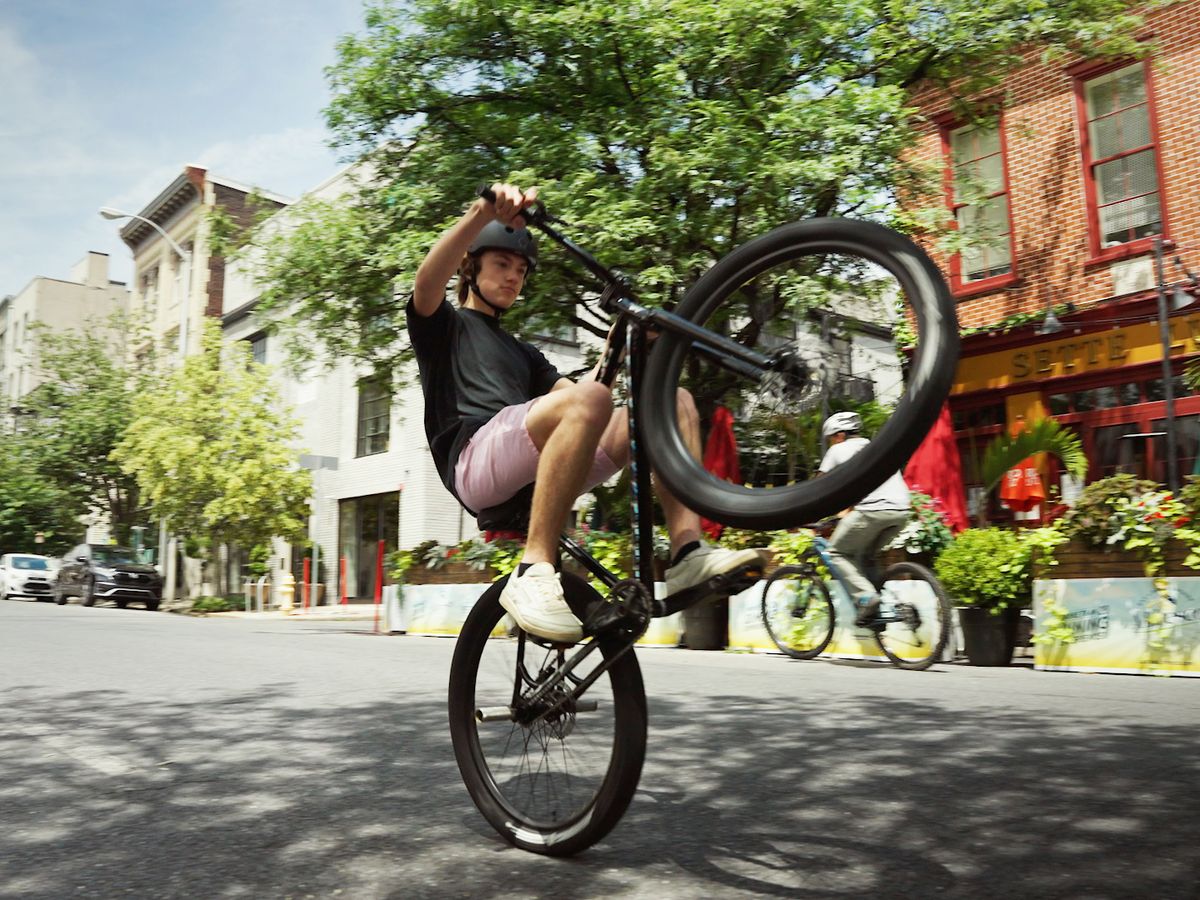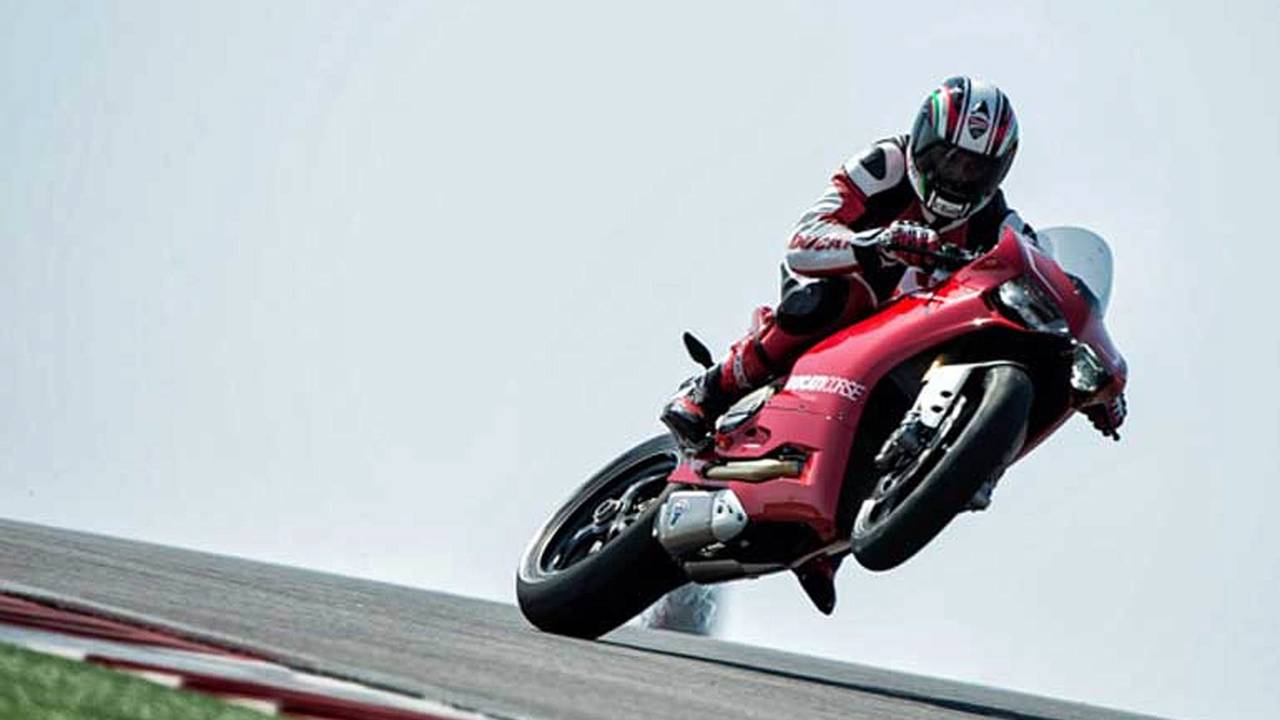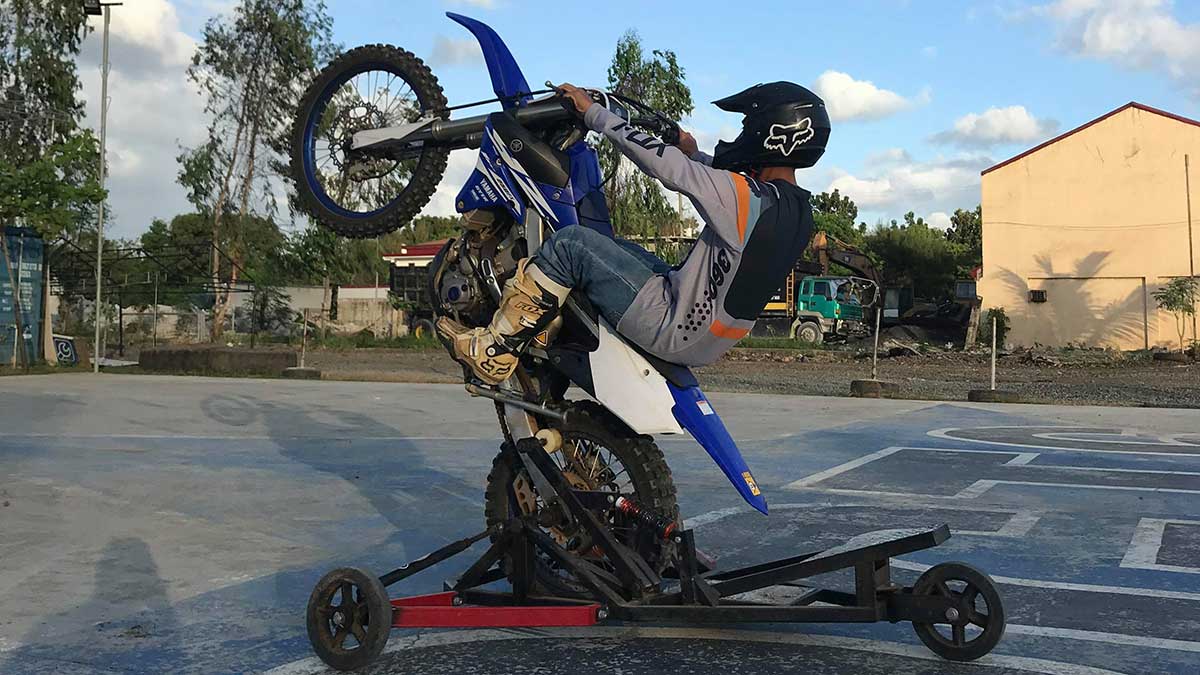
In the realm of motorcycle maneuvers, wheelies stand as a testament to skill, control, and a touch of daring. While the sight of a motorcycle gracefully balancing on its rear wheel evokes a sense of thrill and excitement, mastering this technique requires dedication, practice, and a deep understanding of the forces at play.
This comprehensive guide delves into the world of wheelies, equipping you with the knowledge and techniques to conquer this exhilarating maneuver. From the physics behind the wheelie to essential safety considerations, we’ll guide you through the steps of mastering this art, enabling you to experience the adrenaline rush of lifting your front wheel off the ground.
Understanding the Wheelie: A Dance of Balance and Power
At its core, a wheelie is a delicate balance of forces, where the motorcycle’s power, weight distribution, and rider input converge to create a momentary state of one-wheeled equilibrium. The key to mastering this maneuver lies in understanding the interplay between these elements and harnessing them to your advantage.
The clutch plays a crucial role in initiating the wheelie, momentarily disengaging the engine from the transmission to allow the rear wheel to gain momentum. As the clutch is released, the engine’s power propels the motorcycle forward, lifting the front wheel off the ground.
The throttle serves as the conductor of this dance, regulating the engine’s power output and determining the wheelie’s height and duration. A smooth and controlled throttle hand is essential for maintaining balance and preventing abrupt changes that could upset the equilibrium.
The rear brake, often overlooked, is an unsung hero in the wheelie equation. While it may seem counterintuitive, the rear brake is crucial for controlling the wheelie’s height and preventing overbalancing. A gentle tap on the rear brake can bring the front wheel back down smoothly and safely.
Essential Gear and Safety: Prioritizing Protection
Before embarking on your wheelie-learning journey, it’s paramount to prioritize safety. Proper protective gear is not an option but a necessity. A high-quality helmet, jacket, pants, gloves, and boots will serve as your first line of defense in case of any mishaps.
Choosing the right motorcycle for learning wheelies is another critical factor. A lightweight and nimble bike with ample power and predictable handling will make the learning process more manageable. Consider models like dirt bikes or sportbikes specifically designed for such maneuvers.
When selecting a practice environment, safety should be the top priority. Avoid public roads, busy parking lots, or areas with obstacles. A secluded, open field or an empty stretch of road with adequate run-off space provides an ideal setting for honing your wheelie skills.
Mastering the Basic Wheelie Technique: A Step-by-Step Guide
With the proper gear and a safe practice environment secured, it’s time to delve into the technique of wheelies. Start by finding a comfortable riding position, feet firmly planted on the pegs and knees slightly bent to allow for weight transfer.
Engage the clutch and roll the throttle smoothly, bringing the engine revs to a point where the bike is eager to respond but not so high as to cause an abrupt wheelie. As the revs build, simultaneously release the clutch and roll the throttle forward.
As the front wheel starts to lift, shift your weight slightly backward, keeping your body centered over the bike. This weight transfer helps maintain balance and prevents the bike from tipping too far back.
The rear brake is your safety net. If the wheelie gets too high or you feel a loss of control, gently tap the rear brake to bring the front wheel back down. Practice makes perfect, so start with small wheelies and gradually increase the height and duration as you gain confidence.
Practice and Refinement: The Path to Wheelie Mastery
Wheelies are a skill that requires patience, practice, and a willingness to learn from mistakes. Don’t get discouraged if you don’t master it immediately; every failed attempt is a learning opportunity.
Start with small wheelies, gradually increasing the height and duration as you gain control and confidence. Practice on different surfaces, such as grass or gravel, to improve balance and control.
Seek guidance from experienced riders or instructors who can provide valuable tips and feedback. Their expertise can help you identify and correct mistakes, accelerating your progress towards wheelie mastery.
Common Wheelie Mistakes and How to Avoid Them
Even experienced riders make mistakes when performing wheelies. Recognizing and avoiding these common errors is crucial for safe and successful wheelies.
Chopping the throttle, or abruptly reducing power, is a common mistake that can cause the front wheel to drop suddenly, potentially leading to a loss of control. Maintain a smooth and controlled throttle hand to prevent this.
Overusing the rear brake can also be detrimental. While it’s essential for controlling wheelie height, excessive rear brake use can slam the front wheel down, potentially causing a crash. Learn the delicate balance between throttle and rear brake for smooth control.
Leaning too far back is another common mistake. While some weight transfer is necessary, leaning excessively throws your center of gravity off balance, making it difficult to control the wheelie. Maintain a centered position for optimal balance.
Advanced Wheelie Techniques: Pushing the Limits (Optional Section)
For experienced riders who have mastered basic wheelies, the world of advanced wheelie techniques beckons. These advanced maneuvers require exceptional skill, control, and a heightened sense of risk.
Clutchless wheelies involve lifting the front wheel without using the clutch, relying solely on throttle control and body weight transfer. This technique demands precise timing and coordination.
One-handed wheelies, as the name suggests, involve performing a wheelie while holding the handlebars with just one hand. This showcases control and balance but should only be attempted by very skilled riders.
Rolling wheelies involve continuously lifting the front wheel and bringing it back down while maintaining momentum. This technique requires a high level of control and should be practiced in a safe and controlled environment.
Always Remember: Safety First
Wheelies are inherently risky maneuvers, and safety should always be your top priority. Never attempt wheelies in public areas, on busy roads, or under the influence of alcohol or drugs.
Maintain a clear and focused mind, understanding the risks involved. Respect your limits and don’t push yourself beyond your skill level. Remember, mastering wheelies is a gradual process; prioritize safety and progress at a comfortable pace.
The Thrill of Conquest: A Wheelie Mastered
Mastering the wheelie is a rewarding accomplishment, a testament to your skill, control, and understanding of motorcycle dynamics. It’s a skill that not only elevates your riding experience but also fosters a sense of accomplishment and confidence.
However, remember that wheelies are not for everyone. If you’re not comfortable with the inherent risks or find the learning process daunting, there are plenty of other ways to enjoy the thrill of motorcycling.
Ultimately, the decision to learn wheelies rests with you. But with the proper knowledge, technique, and unwavering commitment to safety, the one-wheeled frontier awaits your conquest. So, gear up, choose your practice area wisely, and embark on your wheelie-learning journey!
Leave a Reply